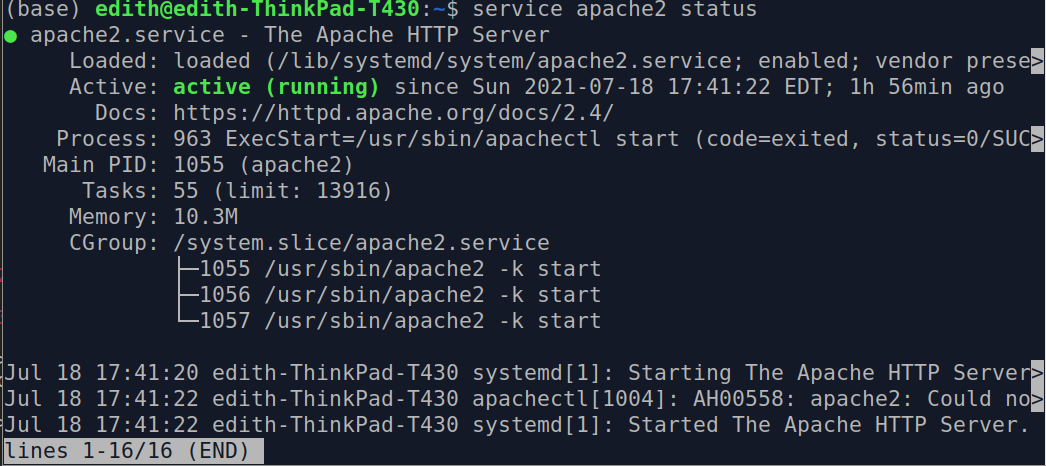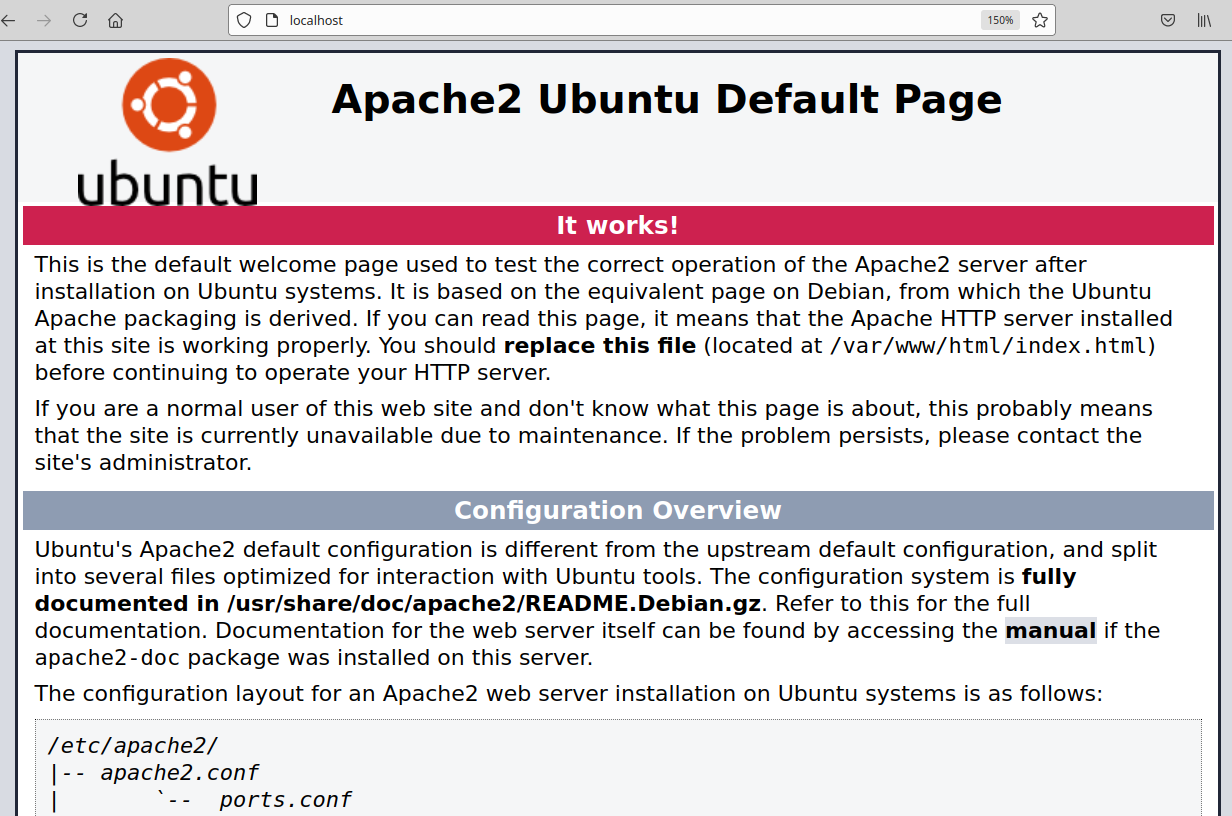
L.U.G. Summer 2021 Notes
System management
Process management
A process is an executing program on your computer. Some processes drive large GUI programs like an internet browser, and others are mostly dormant and exist to passivly monitor obscure subsystems in the event of an error. Large or small, use ps to view processes and their attributes.
After finding a process that has misbehaved and death is called for, use kill to terminate a process with varying levels of severity, specified by one of its signal flags.
Use shutdown to restart or turn off your system, and don't forget to tell shutdown when to do its work, which is usually now:
Networking & ssh & barebones IP security
ifconfig
View network interfaces and their static and dynamic attributes, most notably the IP address assigned to it and that address's netmask.
route or netstat -r or ip route
Display the current computer or router's routing table which represents rules for where in your networking subsystem to send packets based on their source and destination addresses.
OSI Model
Moving network information is a monumentally complex task made tractable by a layered model in which the process is delegated to components whose jobs are well defined, and those components need only communicate with the layers they receive data from and those they send data to (i.e. the layers above and below them if we think of the layers as a stack).
The newtwork model we use in most modern applications today is the OSI model. This is a ripe wiki rabbit hole!
Servers and VPS management
apache2 essentials
The apache web server has stood the test of time as a durable and versatile web server and bears the name behind the "A" in a LAMP system stack (Linux, Apache, MySQL, PHP).
Check on apache in ubuntu with its service handle: apache2

Start the service and out-of-the-box settings will spin you up a request handler listening for HTTP traffic on port 80 of your local machine, so send at GET to http://localhost:80 and feel duly welcomed to the world of apache configuration directives.

Check your log files:
Log file documentationVPS Server Setup
Consider making an account on digitalocean.com and we'll make droplets next week.
Call Eric at 412.894.3020 to get the password for our server.
Once you have users, you can optionally give them super sudo powers with this tutorial.